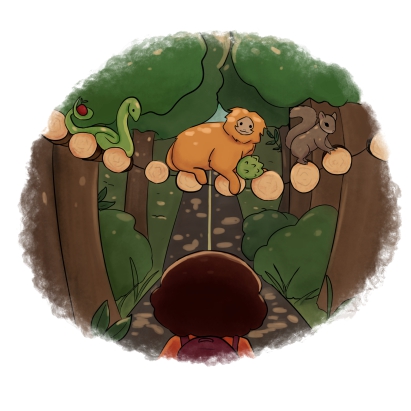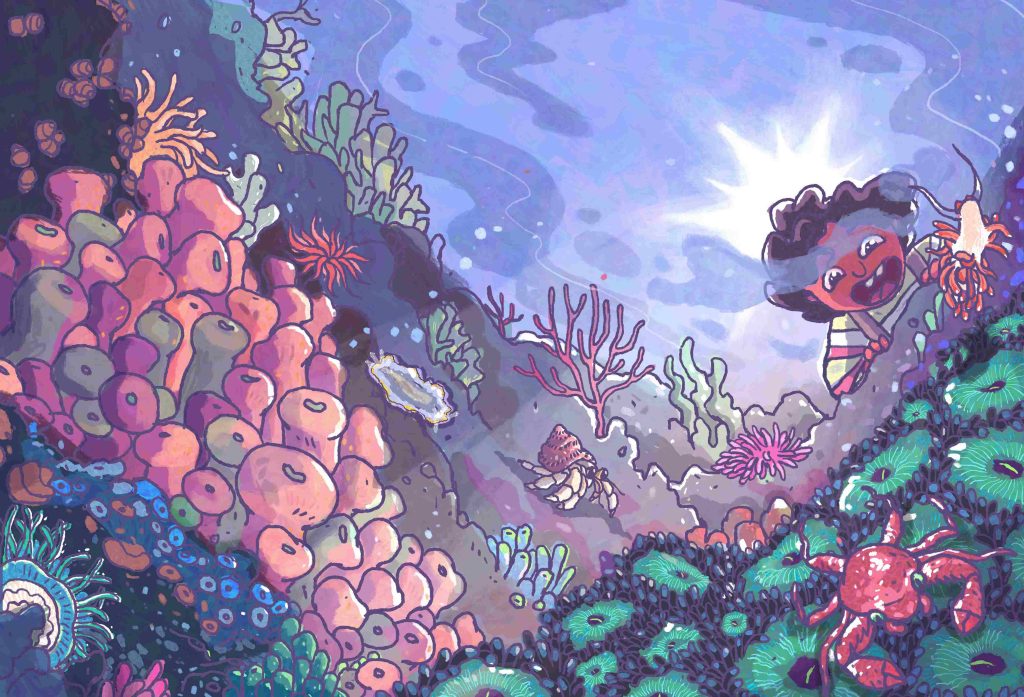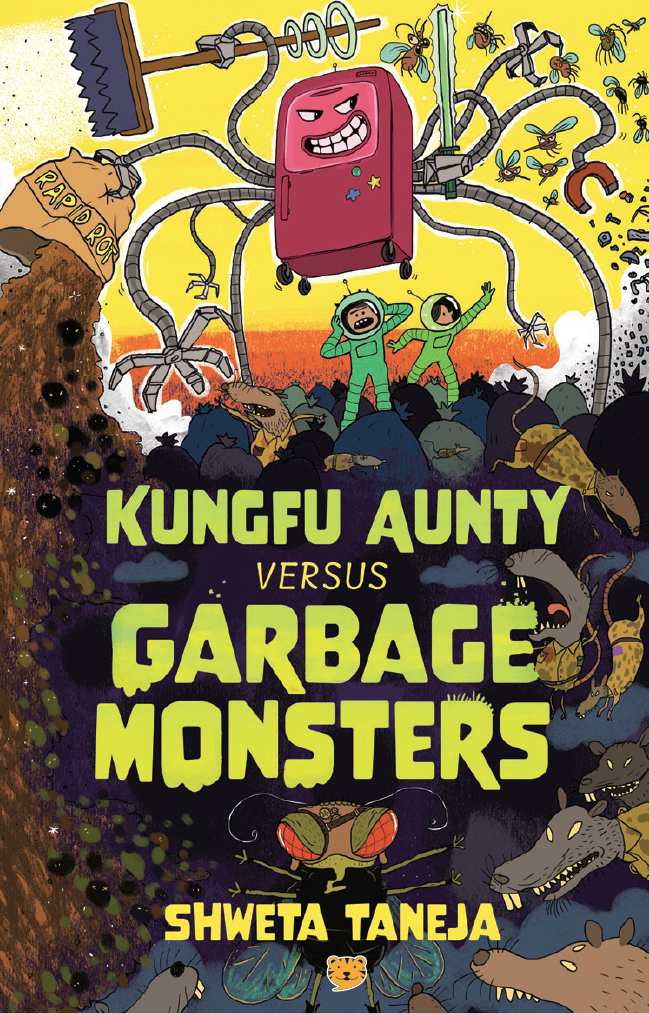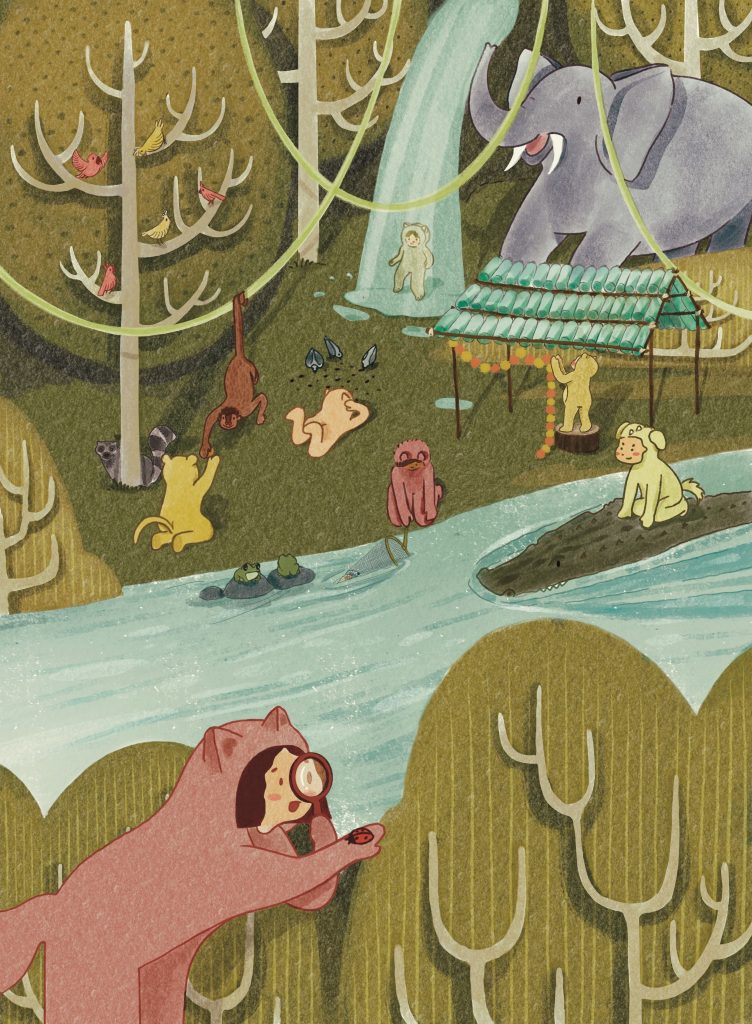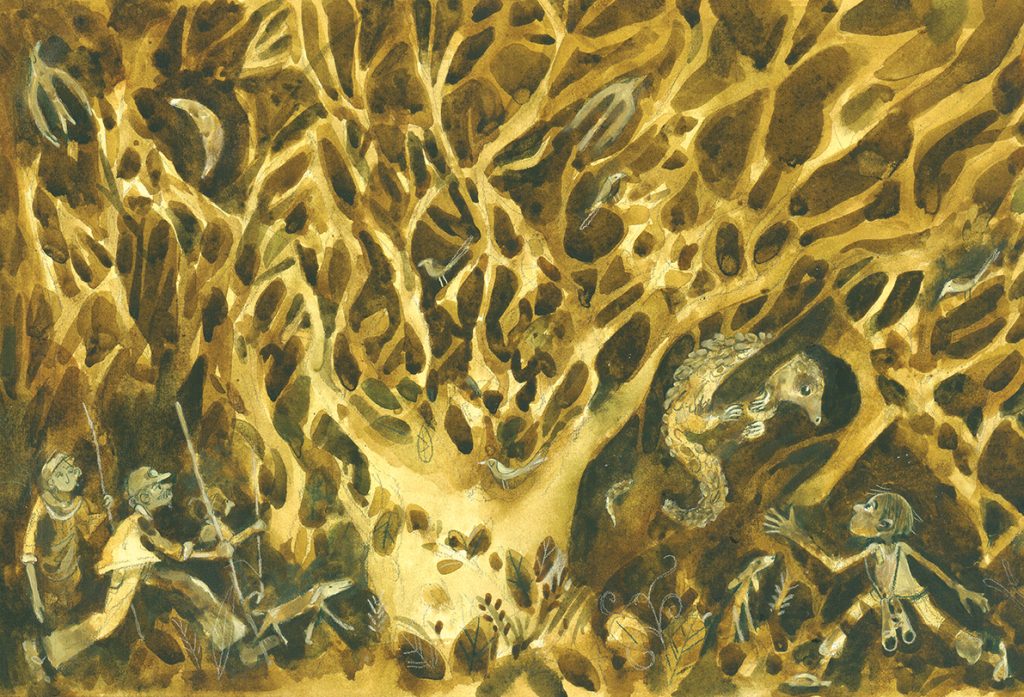As a kid, I’d spend hours observing ant trails, curious to find out what would happen if I broke the trail. It turns out I wasn’t the only one curious! Scientists have been studying these creatures for over centuries and myrmecologists (ant biologists) spend their entire lives studying ant communication.
Ants are able to communicate in several ways—with chemical and physical signals, sounds, and body language. How? Mostly with their antennae. They use these forms of communication to recognize members of their colony, give warning signals to approaching predators, inform other members of the colony of new food, and grow the colony during mating season (during ‘nuptial’ flights, named after a word describing human weddings).
With these superpowers, they communicate not only with ants, but also other living things! Sometimes these tiny superheroes play the role of bodyguards for thorny plants like Acacia. The ant colony nests inside the trees’ hollow thorns, but repays this favour by protecting the plant from hungry herbivores that are on their way to nibble the leaves . This is a ‘give and take relationship’, where two different species have significant impacts on each other.
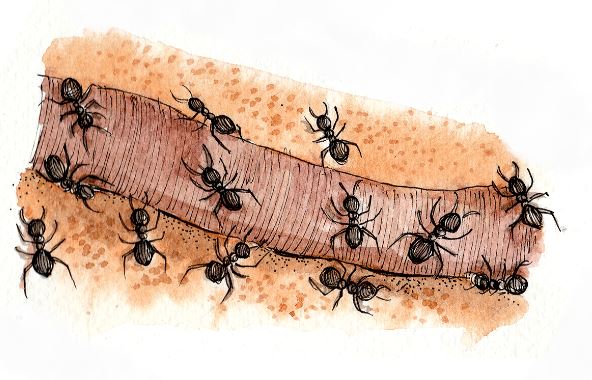
Another example is the relationship some ants have with seeds called elaiosomes. These ants are vegetarian and love to feed on nectar and fleshy structures attached to these seeds. In return, they help the plants by pollinating their flowers and dispersing seeds.
Some ants are farmers. They loosen up the soil, allowing water and oxygen to reach plant roots. Ants also help to keep the environment clean by feeding on organic waste and dead organisms. For example, carpenter ants make use of dead or diseased wood to build nests, subsequently speeding up the process of decomposition.
But remember, some ants can be pretty dangerous too! Among all ants, army ants are the most evolved predators. They are known to attack as a group and can hunt organisms ranging from insects to reptiles. Army ants can expertly search for food, and have sharp tooth-like structures called mandibles to attack their prey. The trap-jaw ant, a type of army ant, has sensory hairs projecting from its labrum (a lip-like structure) and when they touch prey, the mandibles involuntarily open and grab the prey before it can escape.

While such foolproof mechanisms prove to be deadly for several organisms, not all are fearful of the ants. Many animals, such as spiders, pangolins, and bears, feed on ants as their primary source of nutrients. In fact, because of ants’ nutritional value, some tribes in India are known to consume them as a part of their regular diet. The Mavilan tribal community of Kerala prepares ant chutney by mixing ants with turmeric, grated coconut, chillies and salt. The chutney is believed to cure asthma.
These brilliant organisms have not just fascinated biologists, but also people across a range of professions. For example, software developers have studied ant behaviour to help them design problem-solving operations, or algorithms, for computers. Some algorithms have also been inspired by the structure of ant colonies—for example, the Ant Colony Optimization Algorithm. The first algorithm was created by studying a trail of ants as they navigated a path between their colony and a food source.
As the human population continues to grow and crowd into busy cities, architects are taking inspiration from the intricate structures of anthills to make best use of space. Several species of ants use their own bodies to build ‘living bridges’ to traverse small crevices. Inspired by this, many architects are figuring out how to use materials with high elasticity to make utilitarian structures.
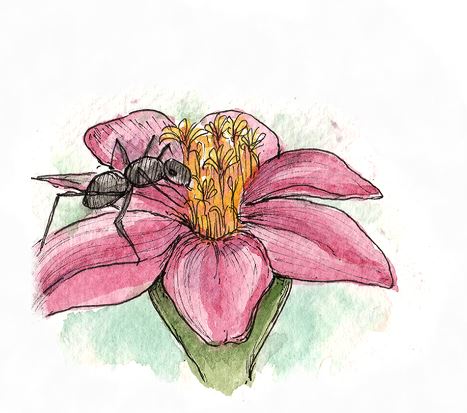
For as long as anyone can remember, kids have grown up listening to the popular story of the ant and the grasshopper from Aesop’s Fables. The tale narrates how the hardworking ant stores food for the upcoming harsh winter as against the ignorant grasshopper who wakes up at the last minute and is left with no food for the cold season. Ants have also been mentioned in religious books, where several myths and beliefs revolve around these tiny creatures. In fact, ants have even made it to the realm of science fiction—Antman is a favourite superhero amongst fans of the Marvel universe!
Next time you see an ant, follow in its tracks and observe what it’s doing—you may discover another phenomenal aspect of its life, because there are so many questions about them left unanswered even today.

